saving energy while canning
lpinkmountain
16 years ago
Related Stories

GREAT HOME PROJECTSUpgrade Your Windows for Beauty, Comfort and Big Energy Savings
Bid drafts or stuffiness farewell and say hello to lower utility bills with new, energy-efficient windows
Full Story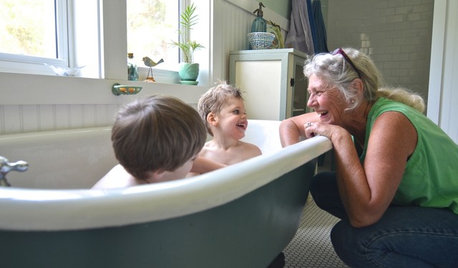
BATHROOM MAKEOVERSFrom Canning Porch to Beautiful Vintage Bath in Oregon
Thrifty finds and DIY labor transform a cramped space into a serene hotel-style bath on a budget
Full Story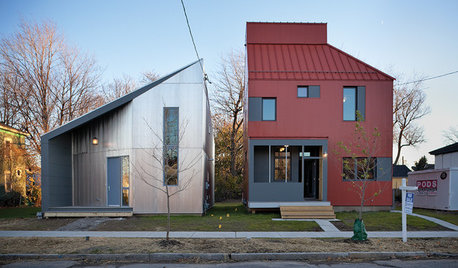
ARCHITECTUREEnergy-Saving Ideas From 3 Affordable Green-Built Houses
Get lessons in budget-friendly green building from design competition winners in New York state
Full Story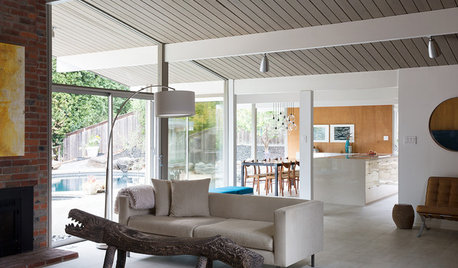
MODERN HOMESHouzz Tour: Updating an Eichler While Preserving Its Spirit
Architects and builders keep this home’s integrity intact while remodeling the kitchen, creating a master suite and adding energy efficiency
Full Story
REMODELING GUIDESHow to Protect (Even Enhance!) Your Relationship While Renovating
No home improvement project is worth a broken heart. Keep your togetherness during a remodel with this wise advice
Full Story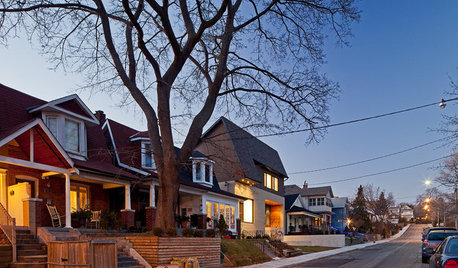
LIFE10 Ways to Keep Your Home Safe While You're Traveling
Set off on your trip with peace of mind, knowing you've taken the right steps toward keeping your home secure
Full Story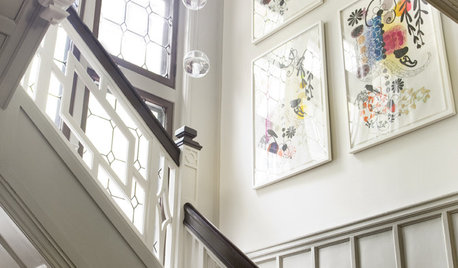
REMODELING GUIDESBoost Your Energy With Natural Light
Abundant natural light saves electrical energy and can lower energy bills, but the best benefit may be to your own energy and spirit
Full Story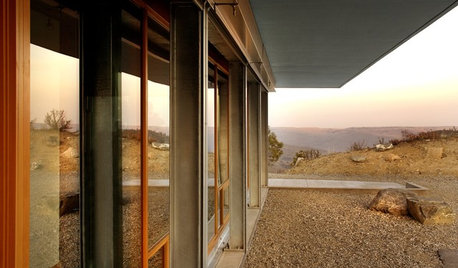
GREEN BUILDINGOff the Grid: Siting and Building to Conserve Energy
Look to low-tech solutions for big energy savings when you’re constructing a home
Full Story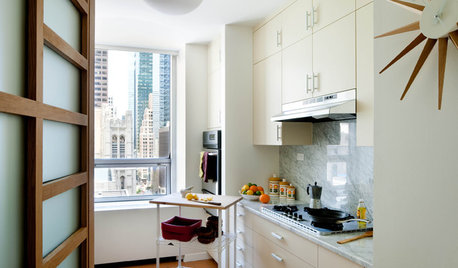
KITCHEN DESIGN17 Space-Saving Solutions for Small Kitchens
Clever storage and smart design details do wonders for tiny kitchens
Full Story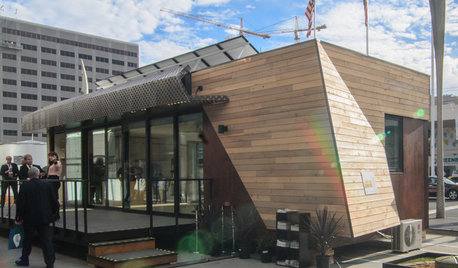
GREEN BUILDINGMeet a New Resource-Saving Prefab Design
Energy efficiency and a resourceful layout combine with ecofriendly materials in this noteworthy prototype for modular homes
Full StoryMore Discussions


dgkritch
lpinkmountainOriginal Author
Related Professionals
Glen Ellyn Landscape Architects & Landscape Designers · Washington Landscape Architects & Landscape Designers · Brooklyn Center Landscape Architects & Landscape Designers · Avocado Heights Landscape Contractors · Bergenfield Landscape Contractors · Bloomington Landscape Contractors · Canton Landscape Contractors · Fort Myers Landscape Contractors · Harrisburg Landscape Contractors · Lake Saint Louis Landscape Contractors · Middleton Landscape Contractors · Ocoee Landscape Contractors · Staten Island Roofing & Gutters · Weehawken Roofing & Gutters · Concord Driveway Installation & Maintenancebcskye
ksrogers
lpinkmountainOriginal Author
bejay9_10
ksrogers
david52 Zone 6
lpinkmountainOriginal Author
ksrogers
bejay9_10
ksrogers
zeuspaul
melva02
ksrogers
lpinkmountainOriginal Author
readinglady